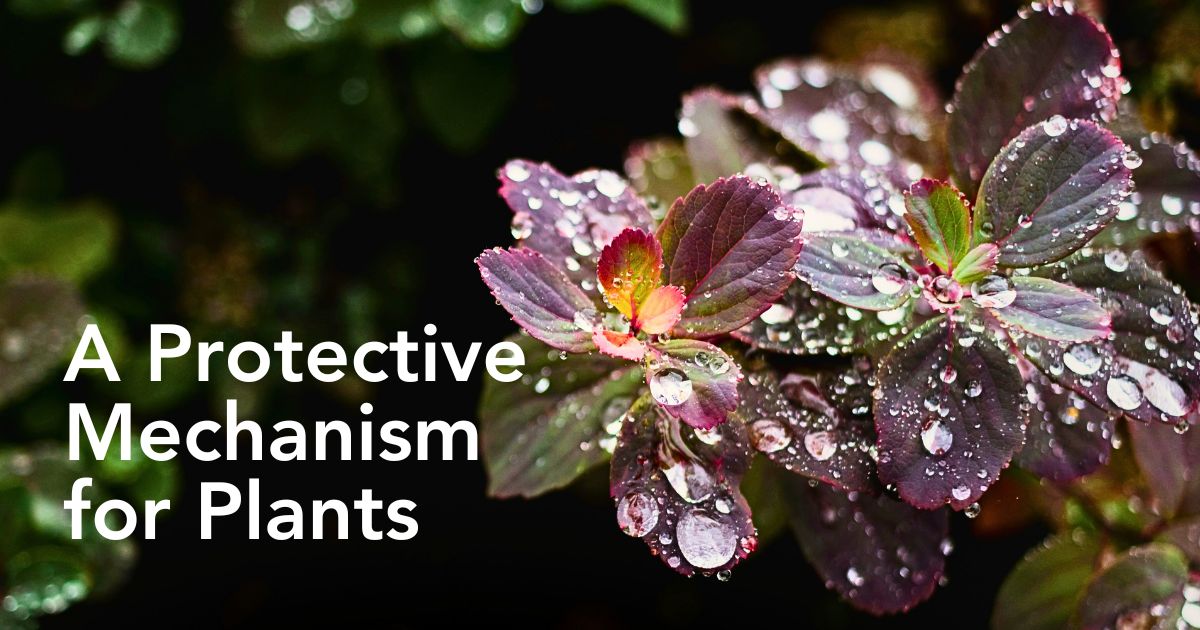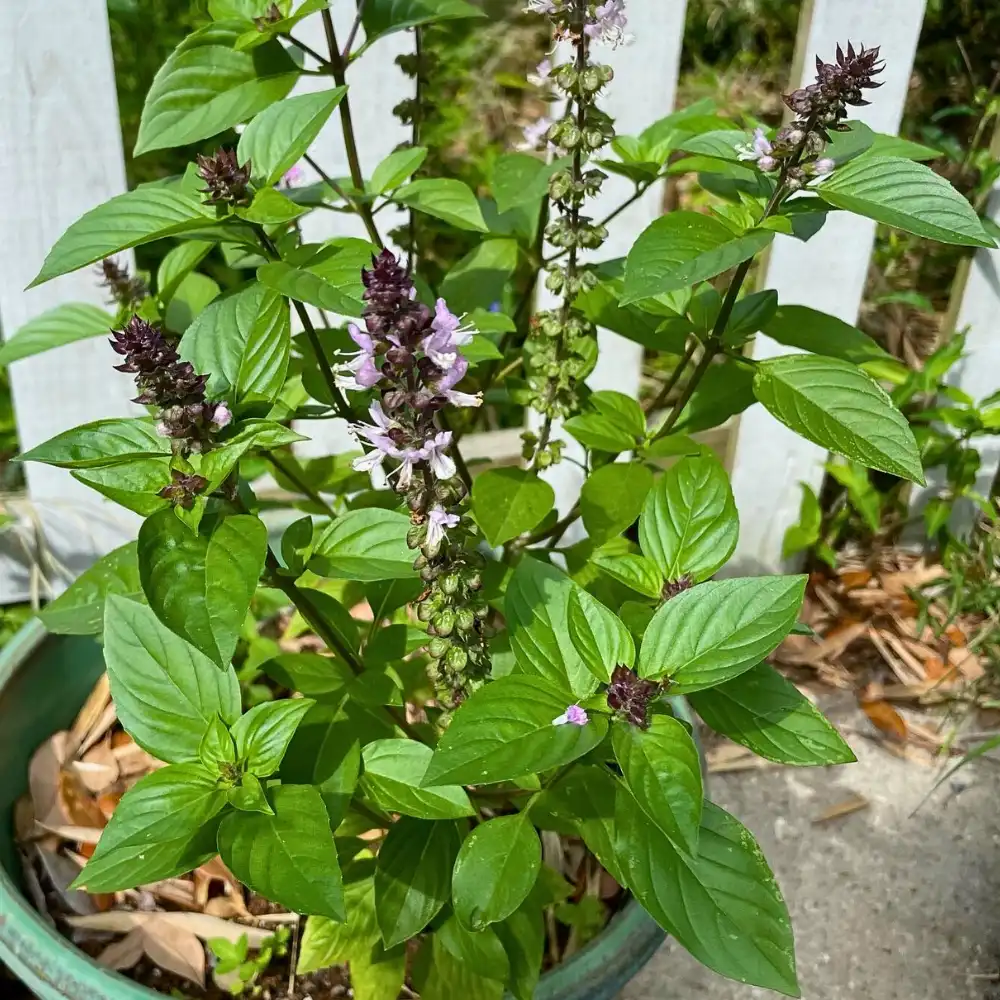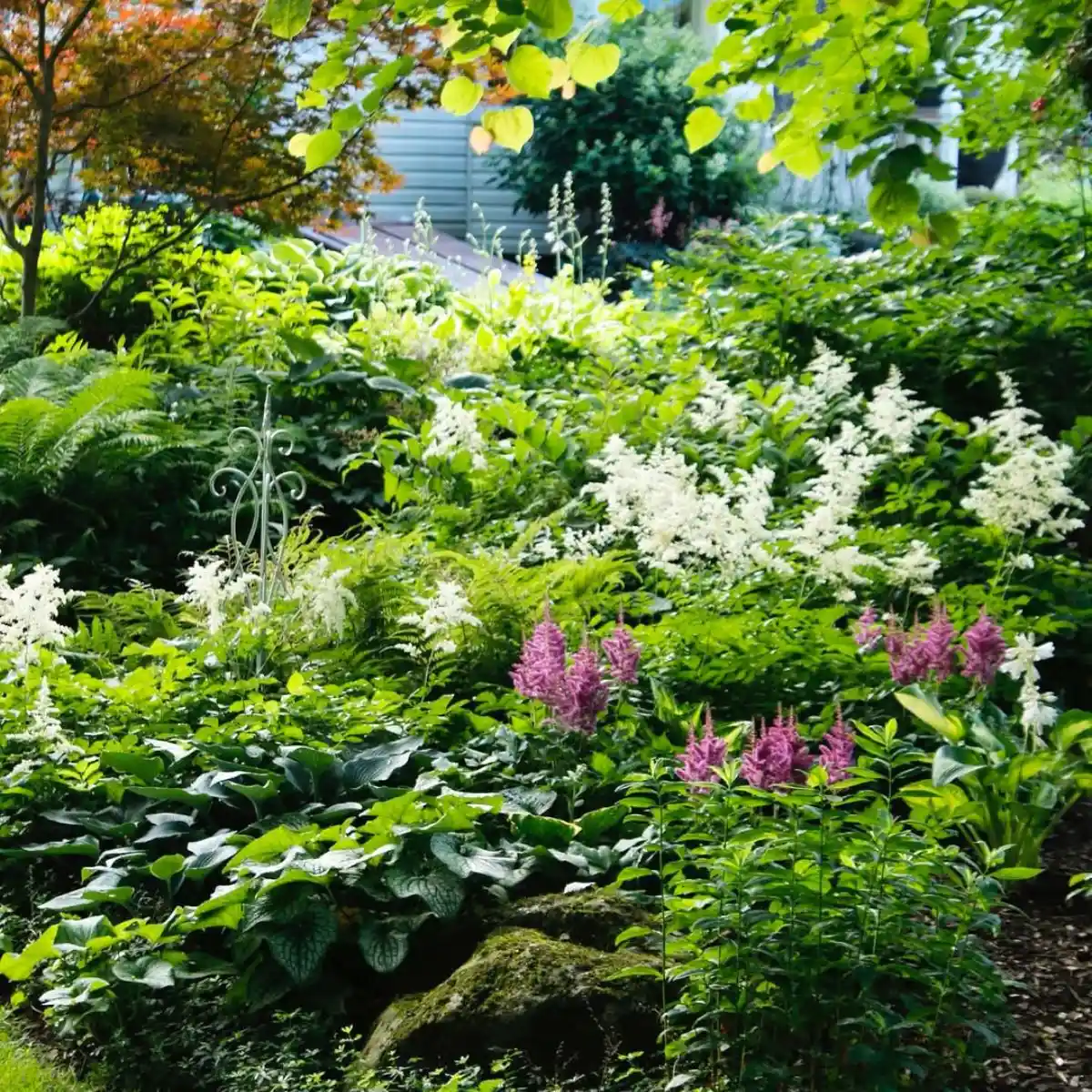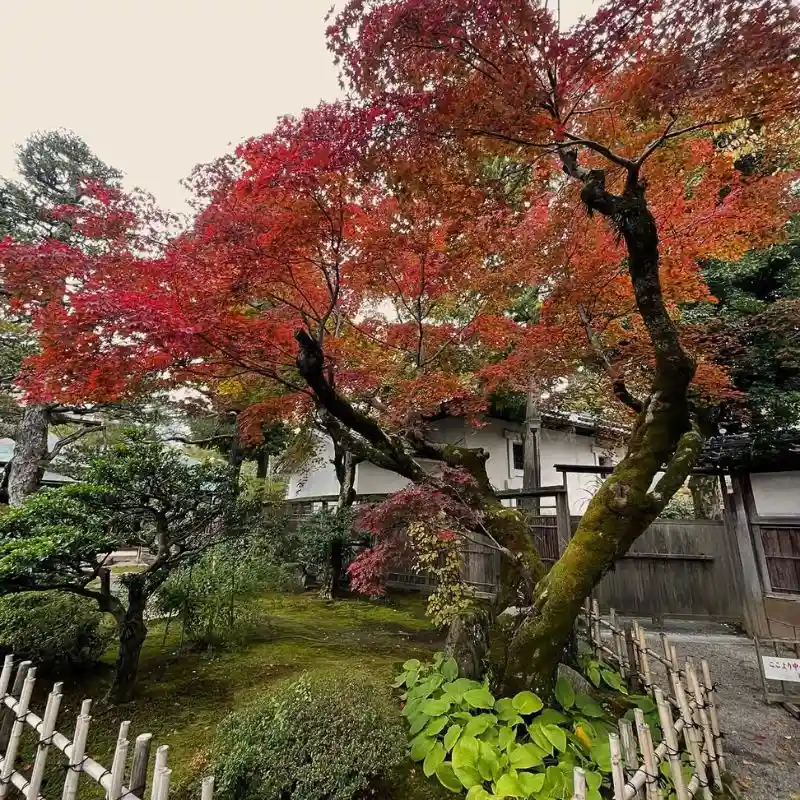Do plants panic when it rains? Well, somehow they do. And while they may not have similar reactions, emotions, or the ability to panic the same way that humans or animals do, they exhibit a surprisingly complex response to rainfall that researchers have likened to 'panic'. This phenomenon is primarily driven by the need for plants to protect themselves from potential threats associated with rain. Such factors include the spread of pathogens. The reaction is also a response mechanism due to their ability to sense and adapt to environmental changes. Here's how.
Rain Triggers Chemical Signals in Plants
A study conducted by an international team of scientists involving the University of Western Australia's (UWA) School of Molecular Sciences, the ARC Centre of Excellence in Plant Energy Biology, and Lund University discovered that a plant's reaction to rain is close to one of panic.
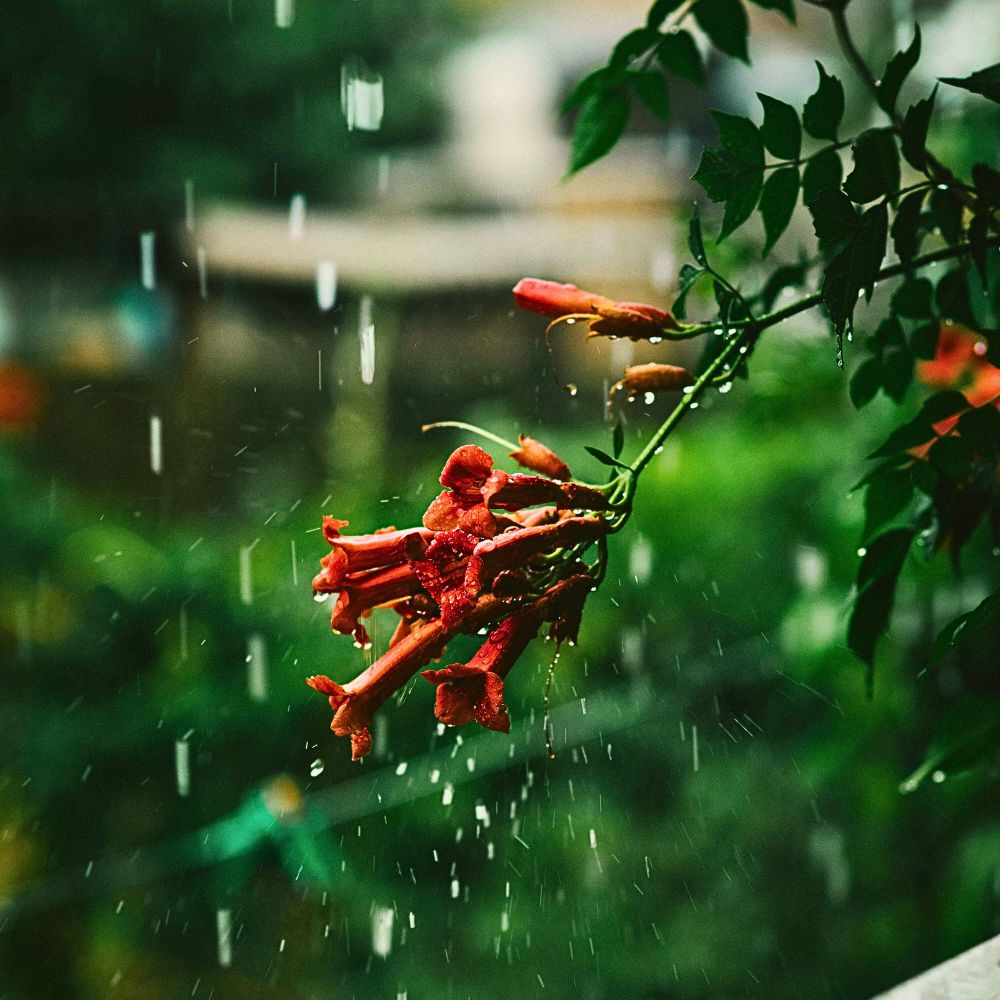
The research, published in Proceedings of the National Academy of Sciences, revealed that complex chemical signals are triggered when water lands on a plant to help it prepare for the dangers of rain. UWA Professor Harvey Millar said that after spraying plants with water and observing the effect, the researchers noticed a chain reaction in the plant caused by a protein called Myc2.
Professor Harvey Millar:
"When Myc2 is activated, thousands of genes spring into action, preparing the plant’s defences. These warning signals travel from leaf to leaf and induce a range of protective effects. As to why plants would need to panic when it rains, strange as it sounds, rain is actually the leading cause of disease spreading between plants."
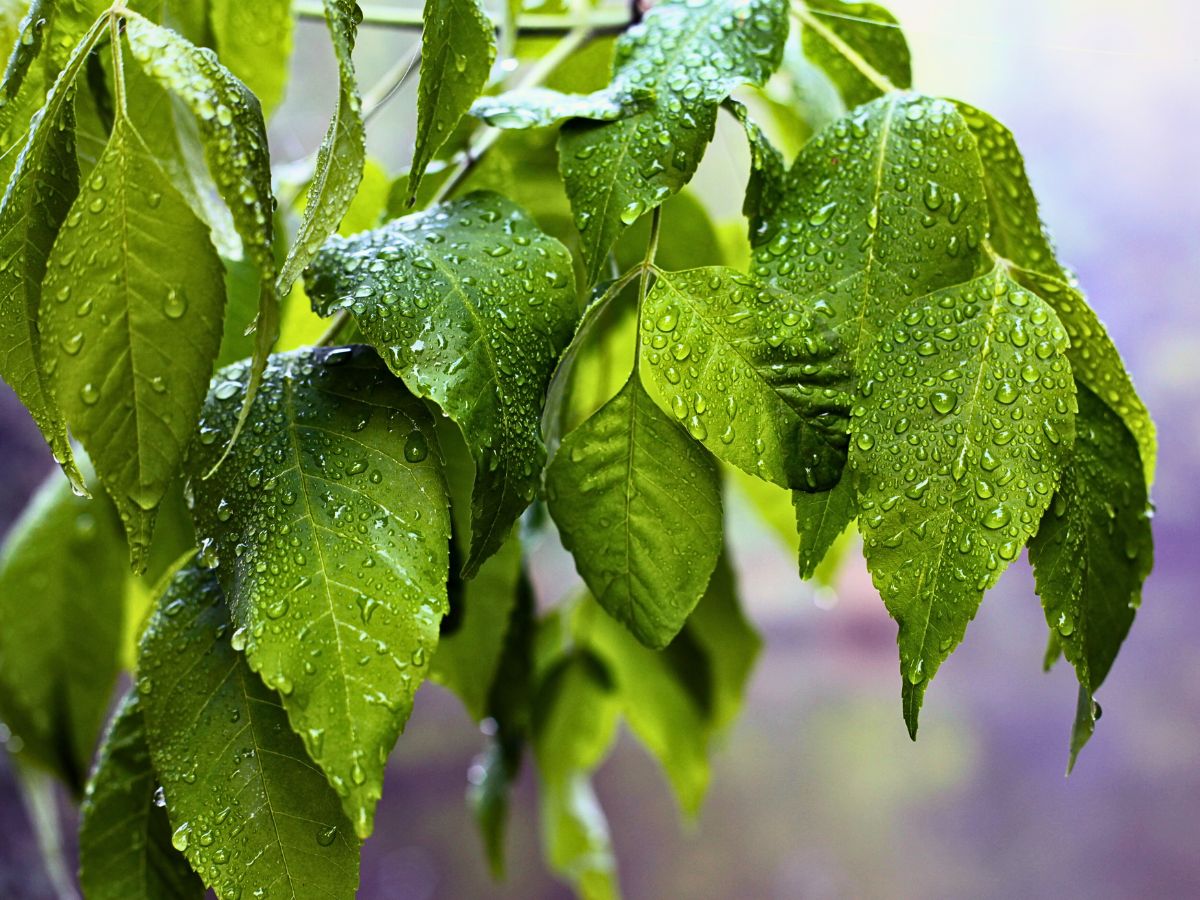
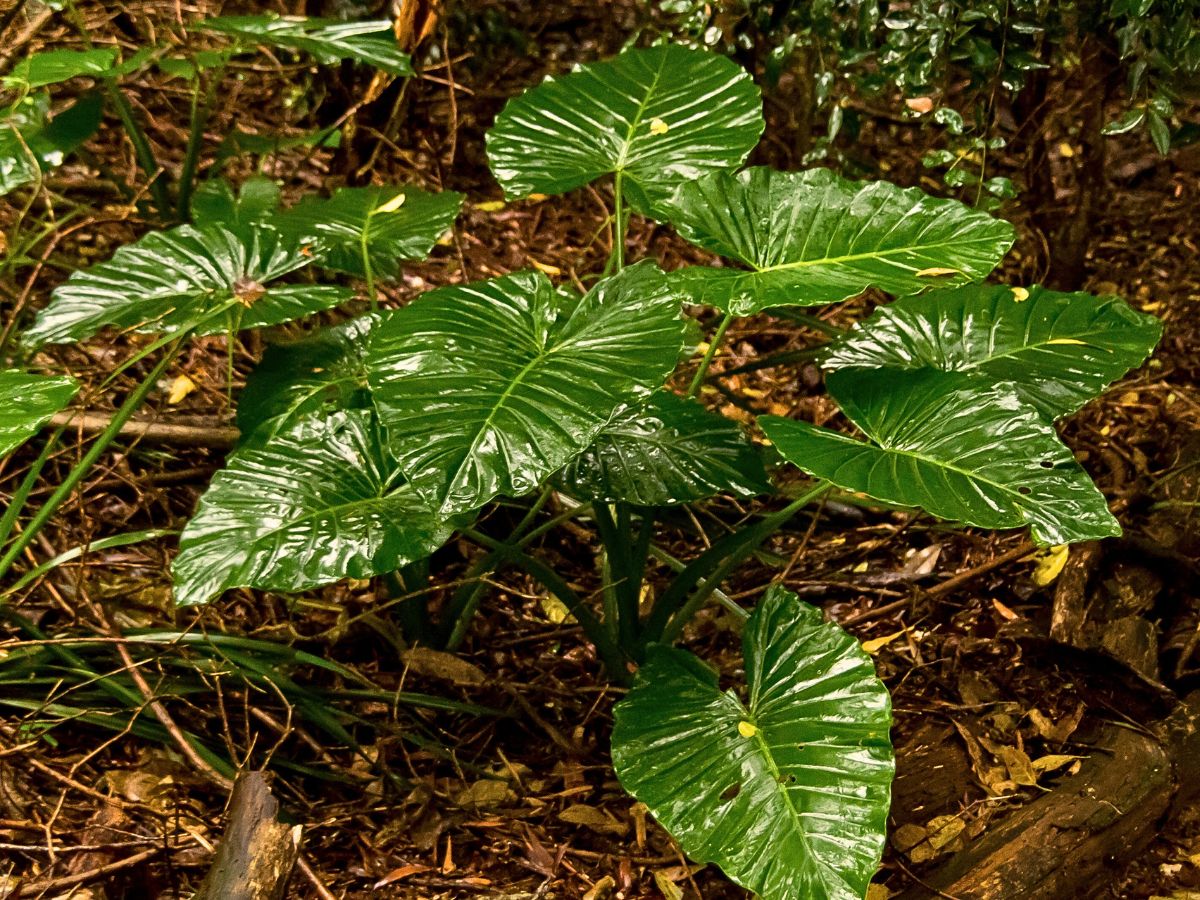
Are There Protective Effects of Plants Panicking When It Rains?
While water is essential for photosynthesis and overall plant health, rain can also introduce various pathogens, including bacteria, viruses, and fungal spores. In fact, rain is identified as a leading cause of disease transmission among plants. Thus, Professor Millar explained that the warning chemical signals that cause plant panic travel from leaf to leaf and induce a range of protective effects.
This, according to him, is because rain causes diseases to easily spread between plants. When a raindrop splashes across a leaf, tiny droplets of water ricochet in all directions. These droplets can contain bacteria, viruses, or fungal spores. A single droplet can spread these pathogens up to ten meters to surrounding plants.
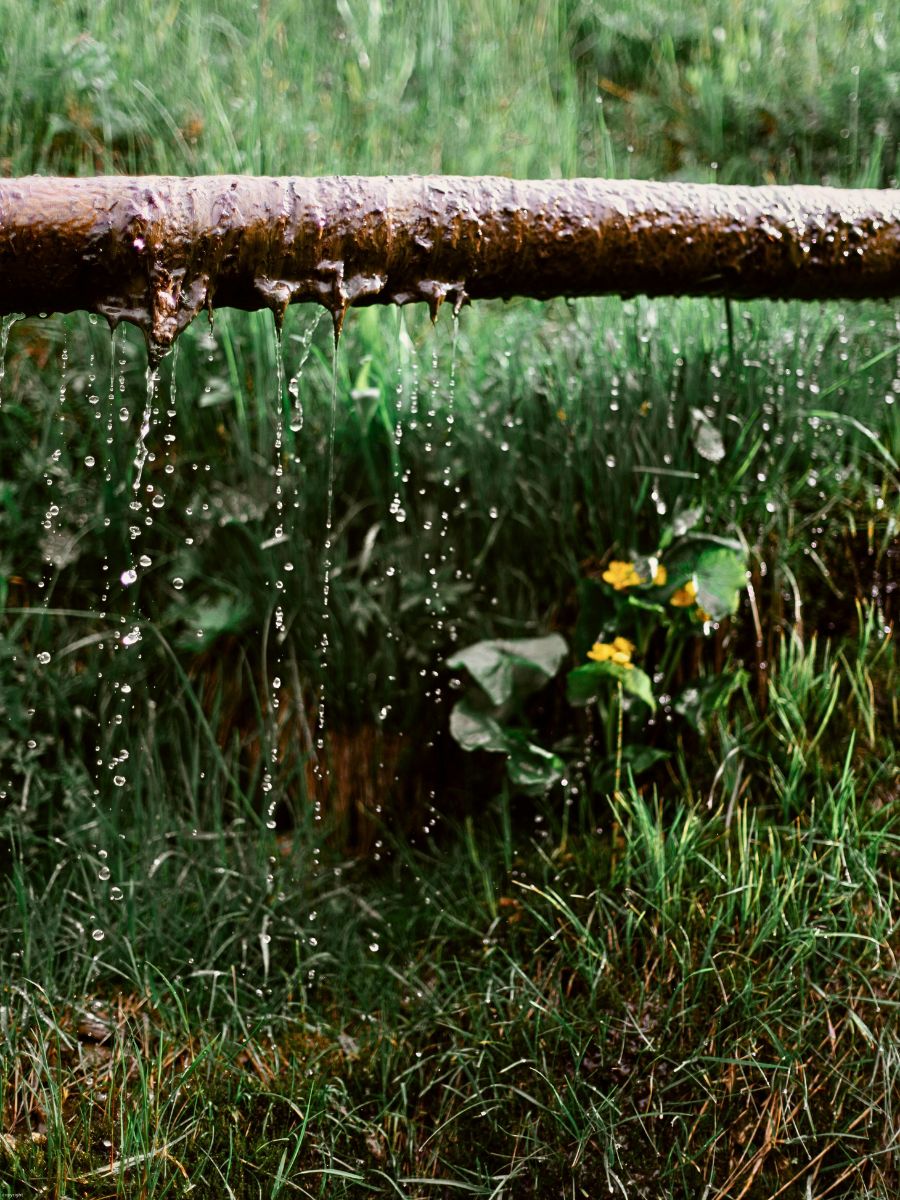
Evidence also suggests that when it rains, the same signals spreading across leaves are transmitted to nearby plants through the air. One of the produced chemicals associated with plant panic is a hormone called jasmonic acid that is used to send signals between these plants, according to Professor Millar. If a plant’s neighbors have their defense mechanisms turned on, they are less likely to spread disease, so it is in their best interest for plants to spread the warning to their nearby plants. Essentially, the signaling system allows them to communicate their stress and alert nearby plants, which can then also prepare their defenses. This communal response helps reduce the likelihood of disease spread within plant populations
Professor Harvey Millar:
“When danger occurs, plants are not able to move out of the way, so instead they rely on complex signaling systems to protect themselves.”
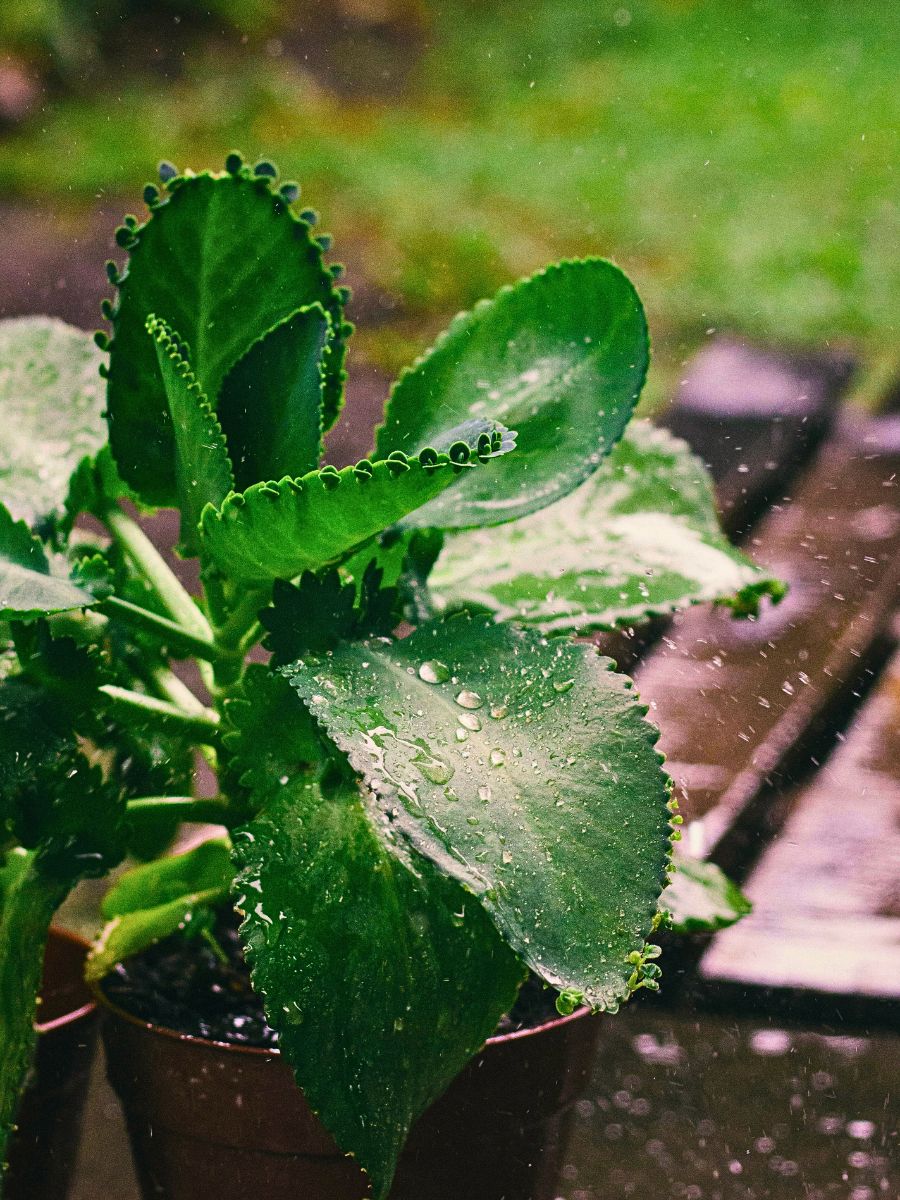
Professor Millar also reinforced the notion that it is clear that plants have an intriguing relationship with water; with rain being a major carrier of diseases, but also—at the same time—being a vital component for a plant’s growth and survival.
The Research on Why Plants Panic When It Rains
The researchers used a spray bottle to simulate rain. They found that, after ten minutes, over 700 genes in the plants they studied reacted in a 'panic-like' manner and continued to do so for about 15 minutes. The response was rapid, even from just a single touch of water, these scientists said.
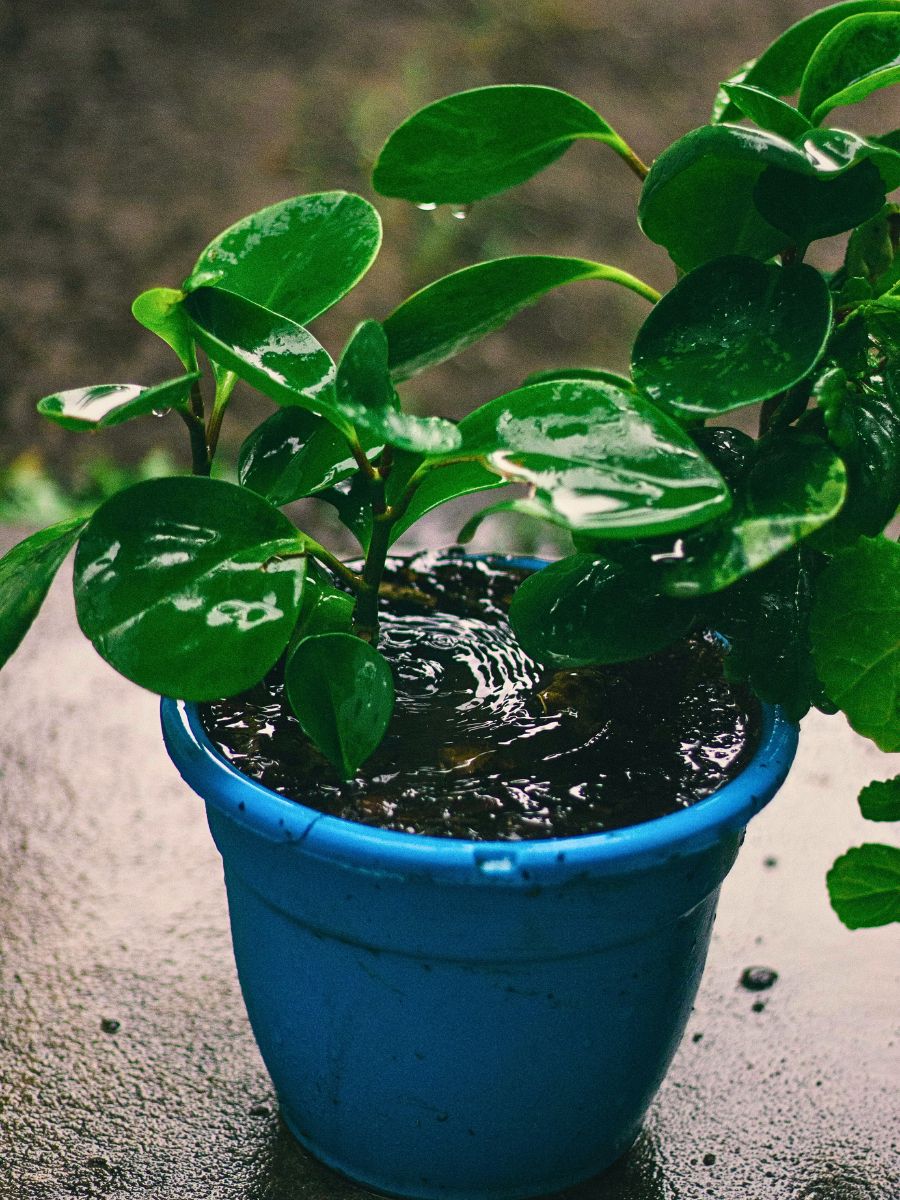
The response affected chemical reactions in the plants, such as their hormone balance and how they create proteins. Warning signals were sent from leaf to leaf in the plants, with the plants ultimately taking defensive measures against the water. Plants that received repeated waterings had stunted growth and delayed flowering.
Positive Effects of Rain on Plants
- Hydration: Rain provides water, which is essential for plant growth and survival. It hydrates the roots, stems, and leaves, allowing them to carry out necessary metabolic processes.
- Nutrient distribution: Rainwater helps to dissolve and distribute nutrients in the soil, making them more readily available for plants to absorb through their roots.
- Soil aeration: Rainwater can loosen compacted soil, which allows for better air circulation and water penetration, leading to healthier root systems.
- Cleansing: Rain can wash away dust and pollutants from plant surfaces, allowing for more efficient photosynthesis.
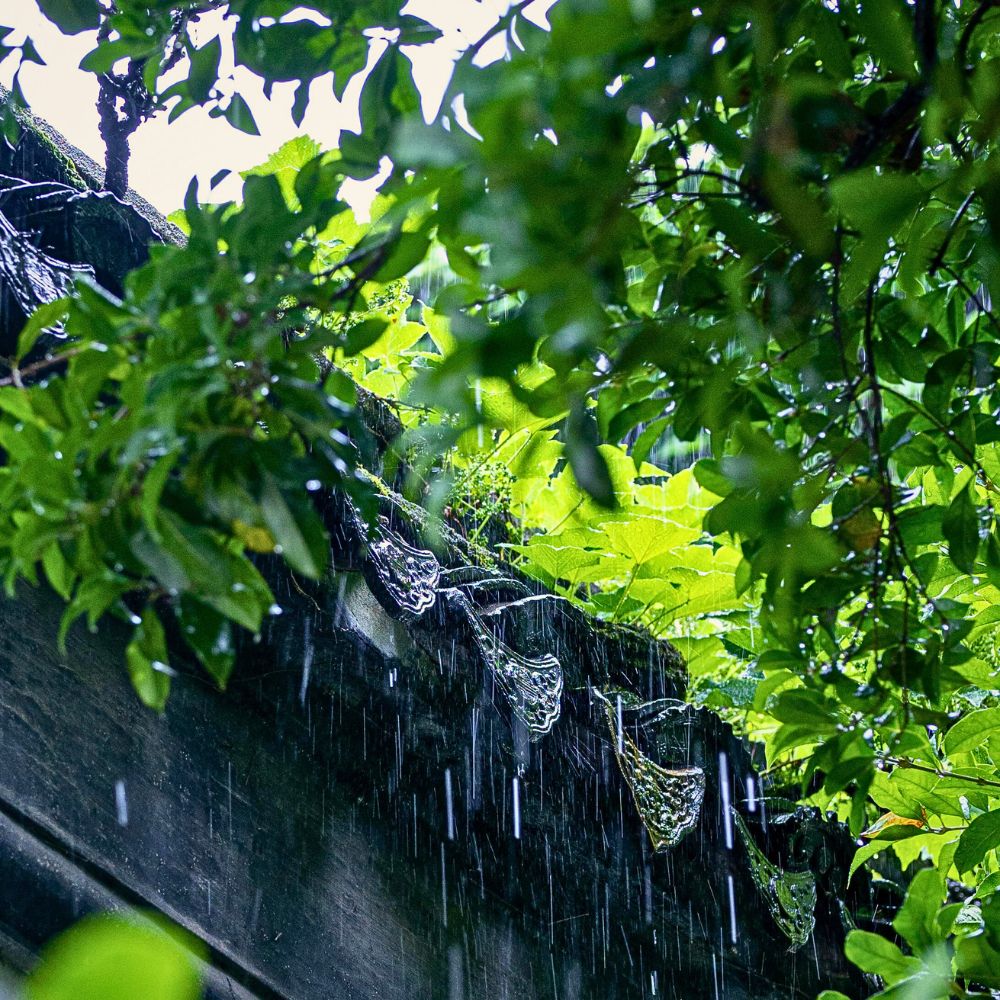
Negative Effects of Rain on Plants
- Overwatering: Excessive rain can cause waterlogged soil, which leads to a lack of oxygen and potential root rot. This can be harmful or even fatal to plants.
- Erosion: Heavy rainfall can cause soil erosion, leading to a loss of valuable topsoil and nutrients.
- Disease: Wet conditions can create an environment conducive to the growth of fungi and other pathogens, which can lead to various plant diseases.
- Physical damage: Heavy rain or hail can cause physical damage to plants, breaking stems and leaves or damaging flowers and fruits.
Physiological Consequences of the Plant Panic Response
The plant's panic response to rain comes with significant physiological costs. Plants that experience repeated water exposure often exhibit stunted growth and delayed flowering, demonstrating that the defensive response requires substantial energy investment. The activation of stress hormones and defense proteins diverts resources away from normal growth and reproductive processes. But despite these costs, the panic response provides crucial protective benefits.

Plants that activate their defense systems show increased immune responses to certain pathogens and enhanced resistance to disease. The biochemical changes associated with the panic response can be measured within minutes of water contact, indicating the rapid mobilization of protective mechanisms. Essentially, even though plants need water, they panic about getting wet and can communicate about this and other perceived dangers. Rain also has both positive and negative effects on plants, depending on factors like the amount of rainfall, duration, and other environmental conditions.
Feature and header image by Greg Rosenke

